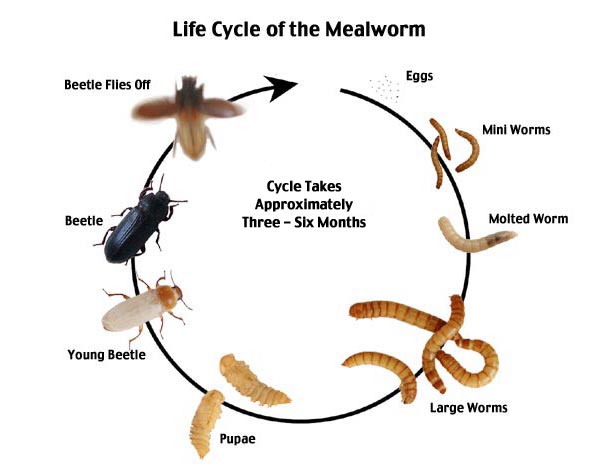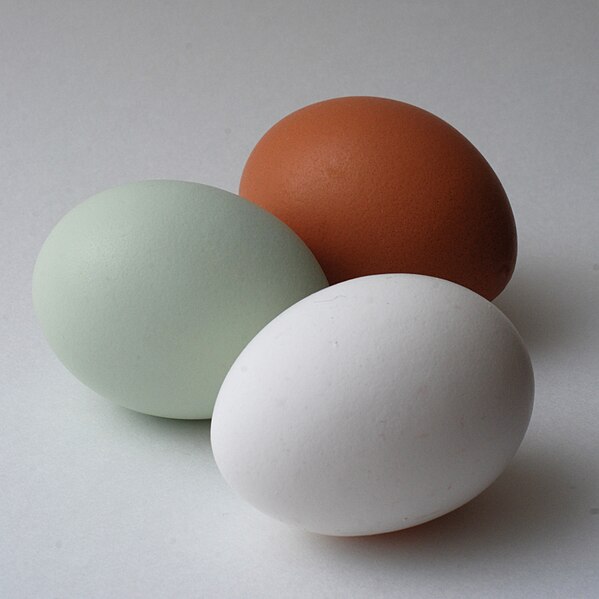Ok Urbanites! Quick foreword for this blog post. If you follow the link, you will go to some more mature content. Parents should follow the link first and then use discretion to determine if their children are ready to see it. Now to the Blog...
We are making bunches of eggs now We have been getting between 5 and 8 eggs a day. On hotter days we get lower numbers and on cooler days we get higher numbers. One day we got 12, yes TWELVE eggs!!! They were laying in possibly the worst spot for us to get to them, under the duck house. Shortly, I will attempt some explination.
There is a tree keeping us from putting the house flush with the fence. The eggs were behind the tree and behind the fence so we could barely reach them. below is a photo.
You must know that chickens will lay where chickens will lay. We place faux eggs in nest box and keep it padded and fluffy, but we still have them lay under the duck house, in the duck house, in the chicken coop in the wrong side, and have even found them in the middle of the run.
Now we are about to make money on the eggs... About time.
As for the ducks, Waggles and Taggles, where do I begin? We havent gotten an egg from Taggles yet. While I was at work, Gen said that she saw what seemed to be, Waggles drowning Taggles in the pool! Upon further visual, she realized that Waggles was enjoying himself, a little Taggles. Of course, she had her phone on her and caught this on video! This video is what the warning was about, even though it doesn't really show anything.

I guess we will be getting an egg soon, although we will not eat it.

















